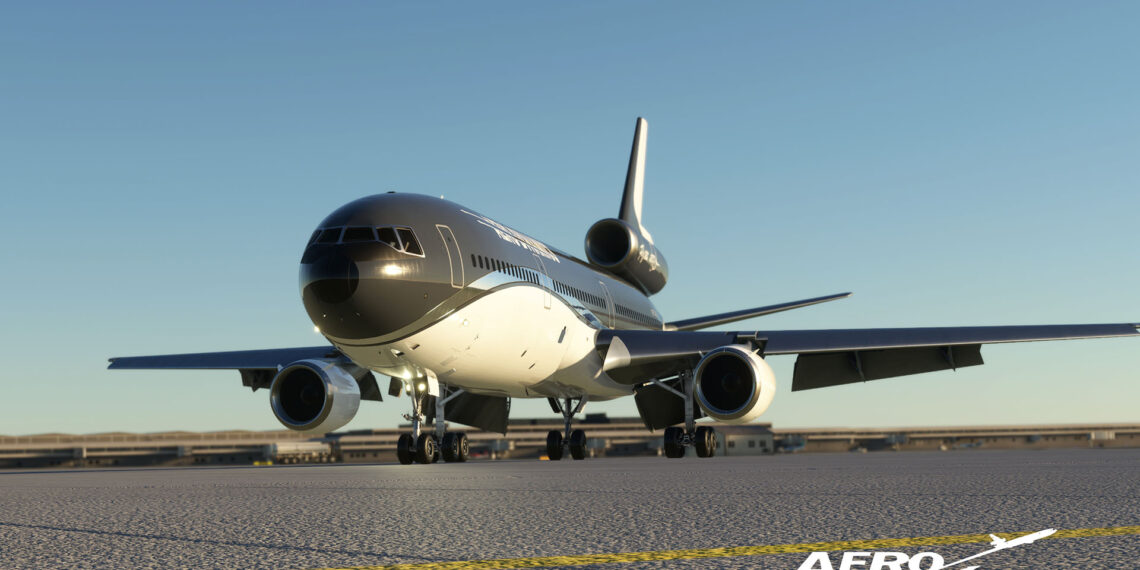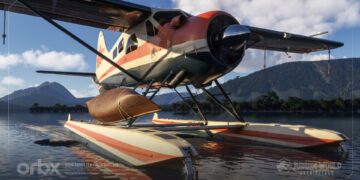Today Aero Dynamics released new screenshots and a development update about its upcoming McDonnell Douglas DC-10 for Microsoft Flight Simulator.
The aircraft, which will come alongside its military version KC-10 Extender, will be made available for everyone for free, albeit we don’t yet have a release date. That being said, the developers mention that “they can see the finish line in the distance.”
We hear from the developers on their official Discord Server, and we get plenty of screenshots and even a few videos, including Aero Dynamics’ own fictional house livery.

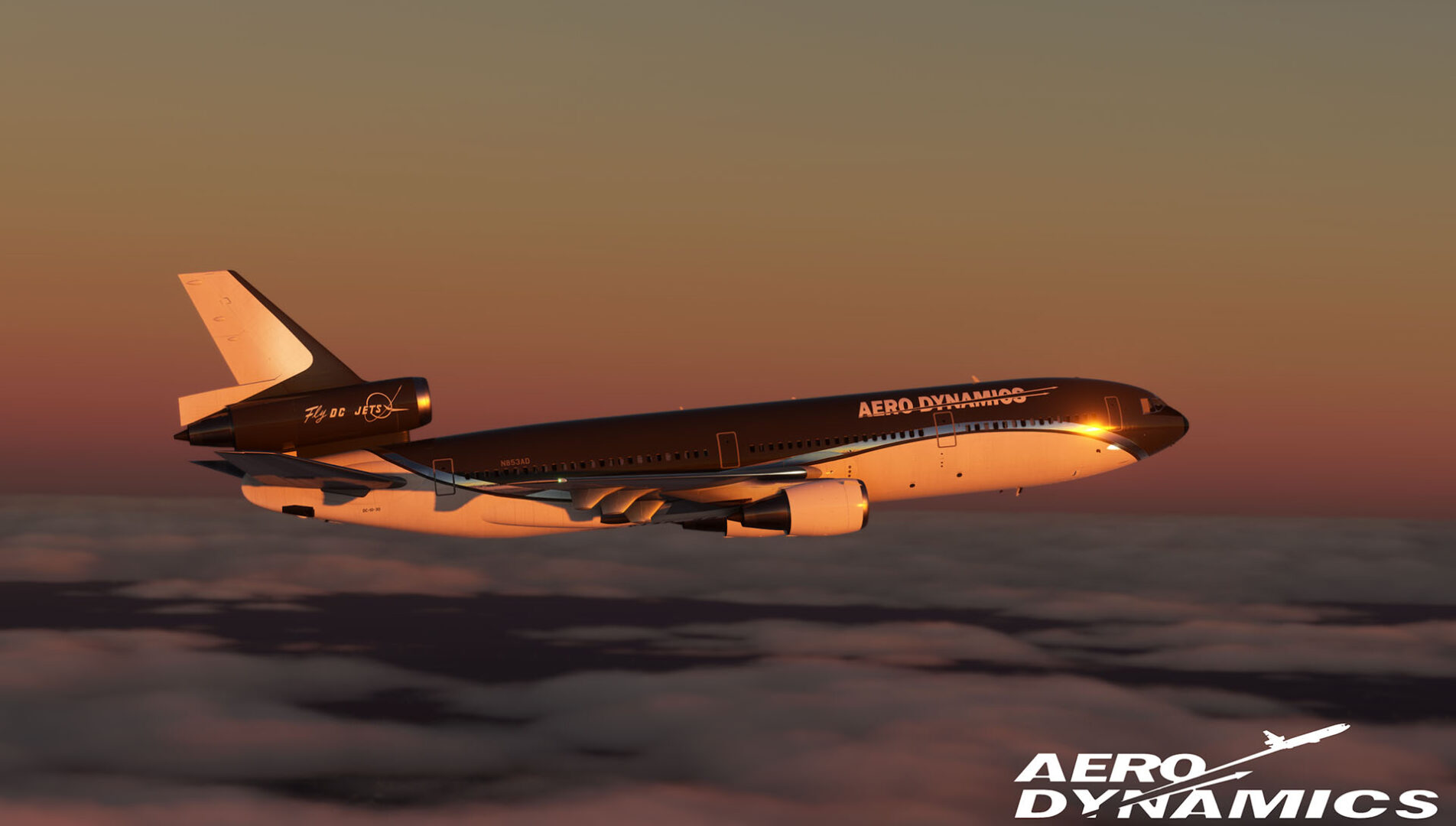
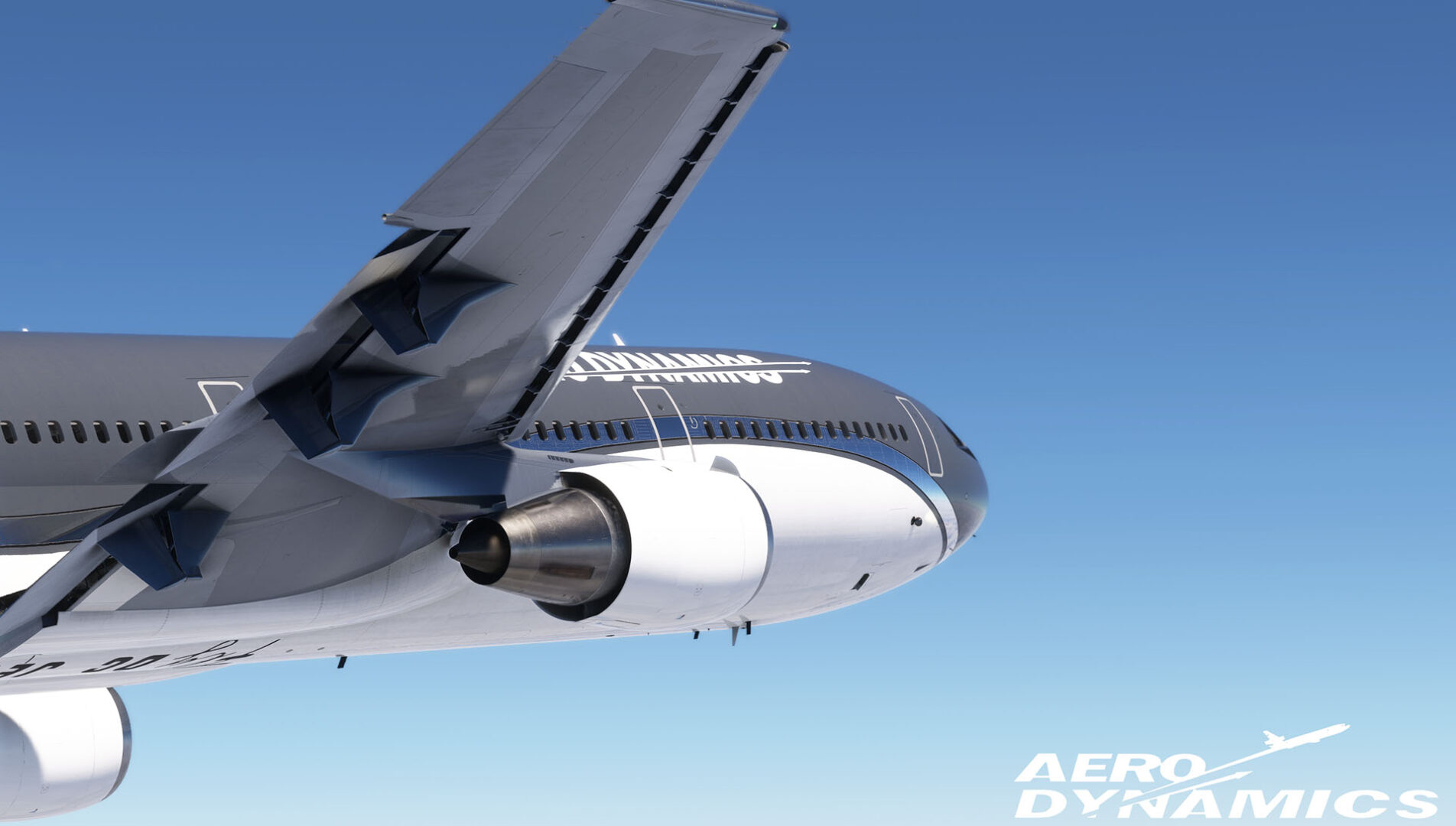


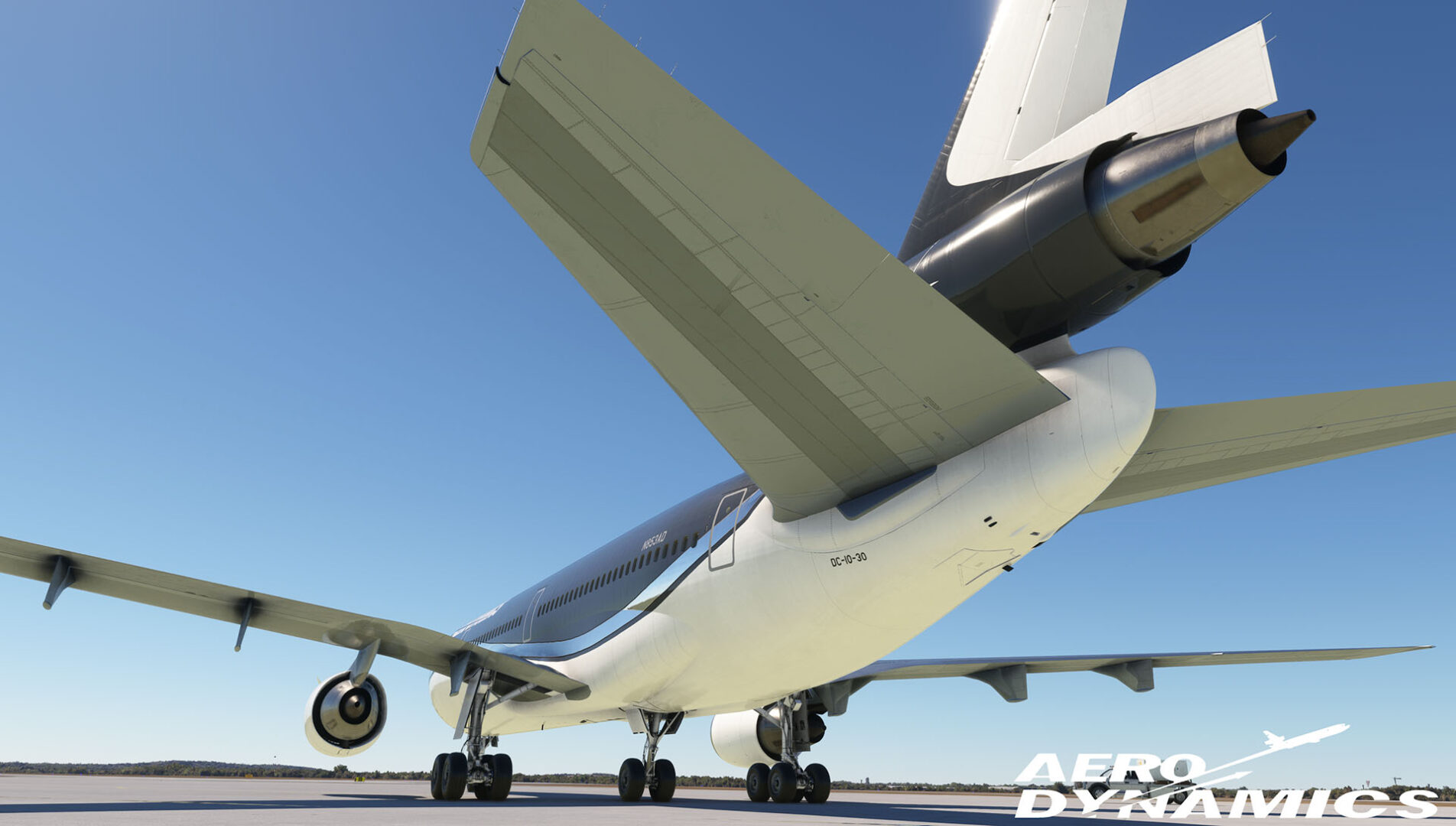

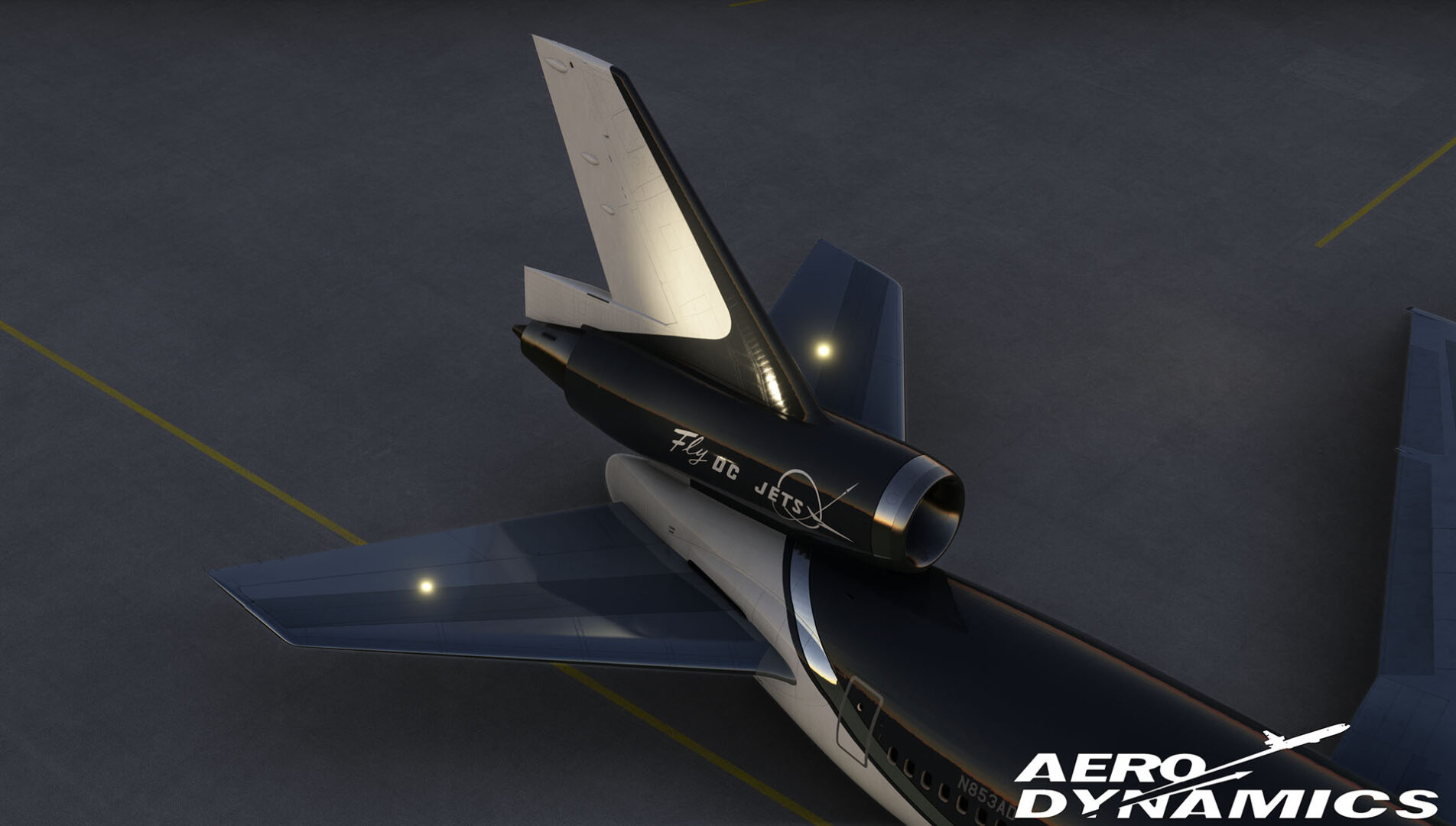
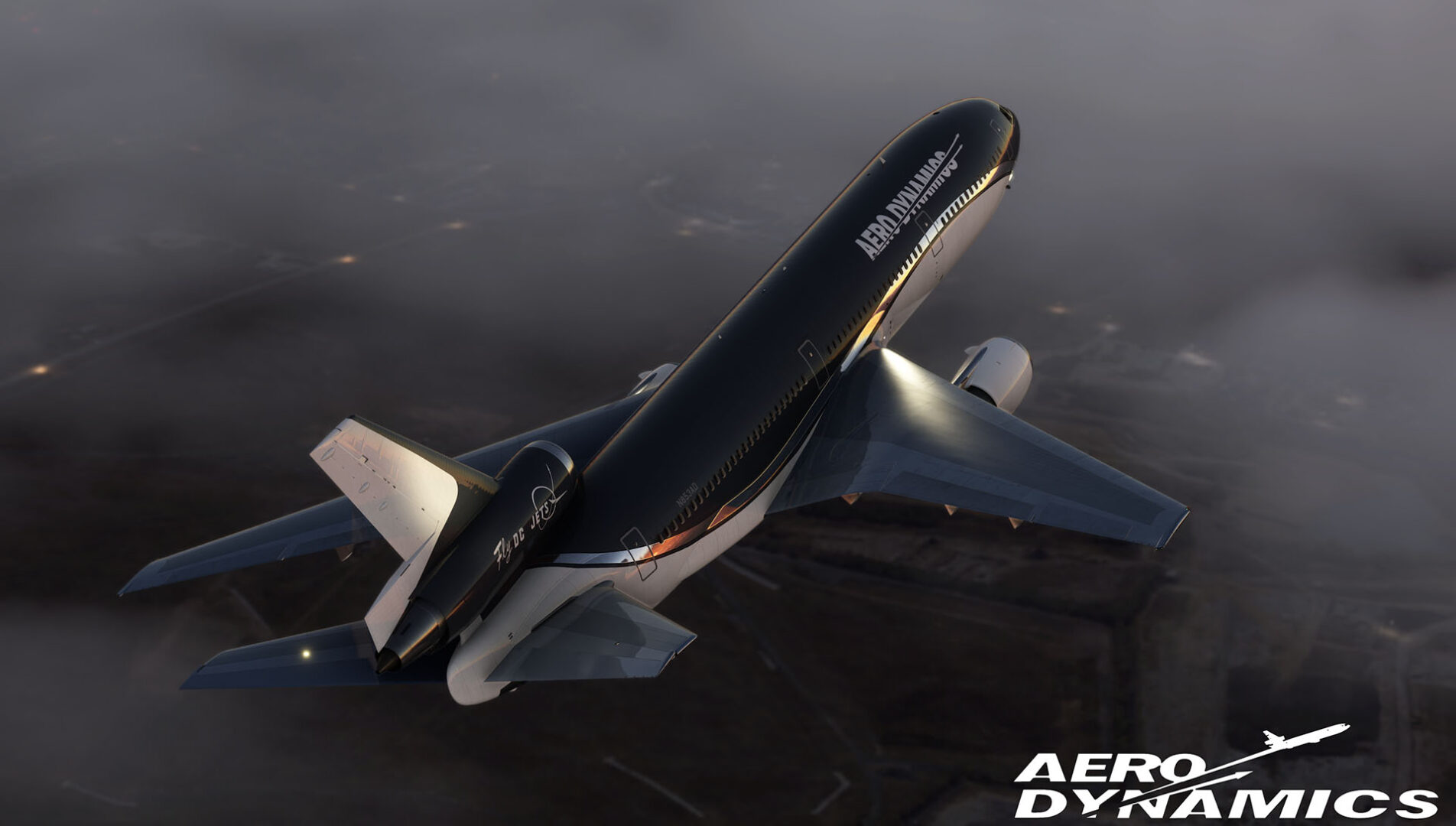

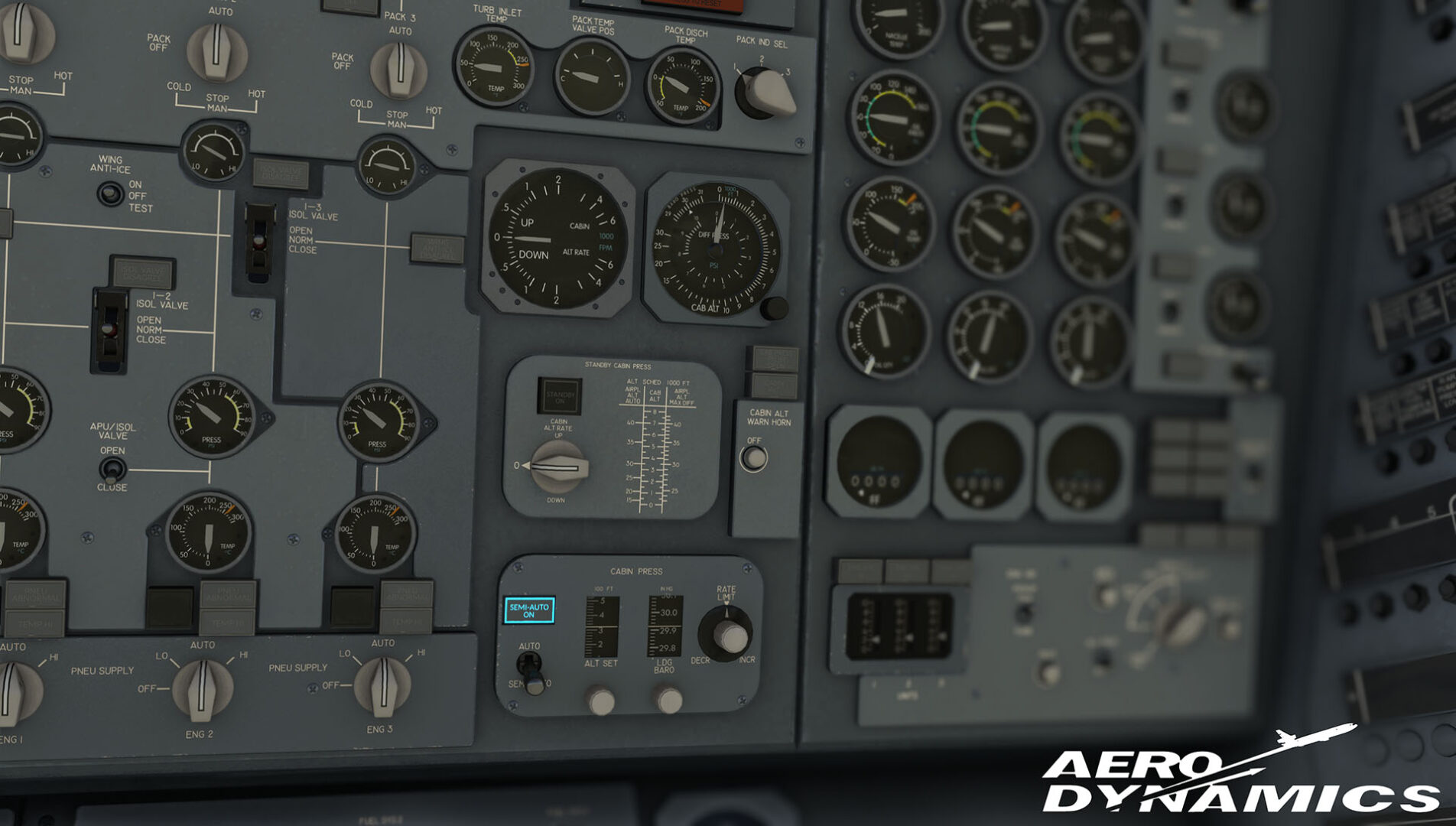
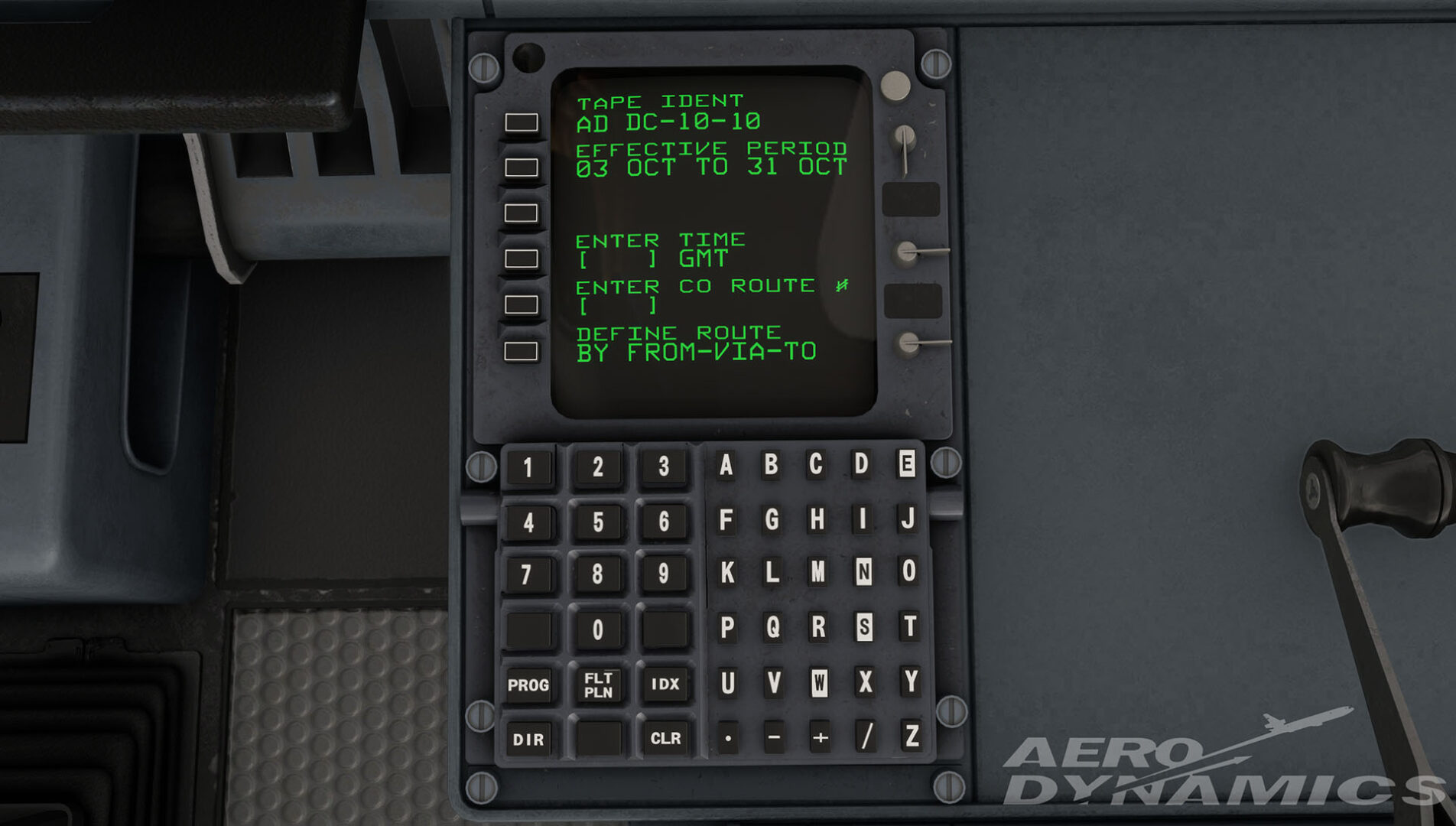
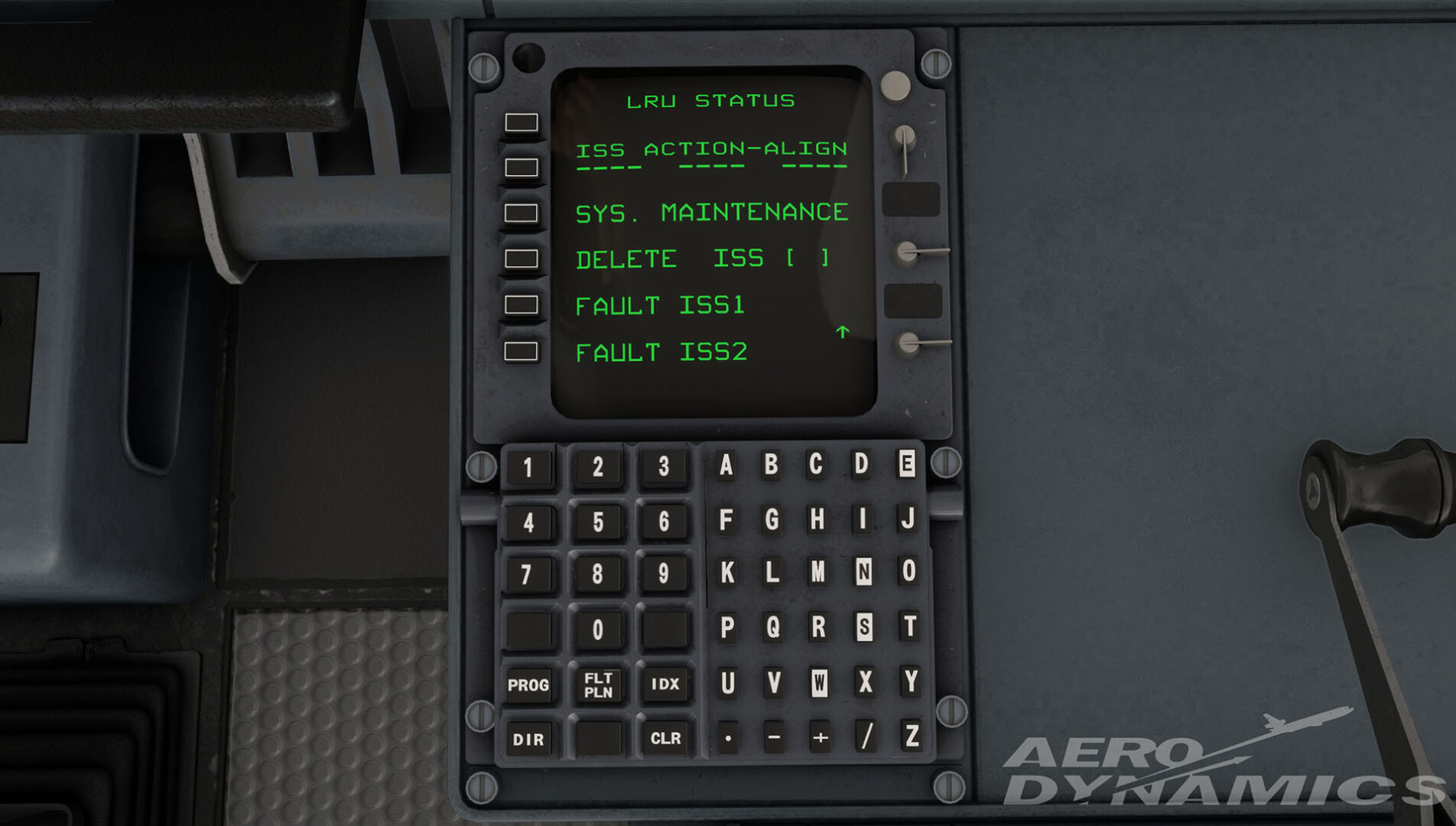
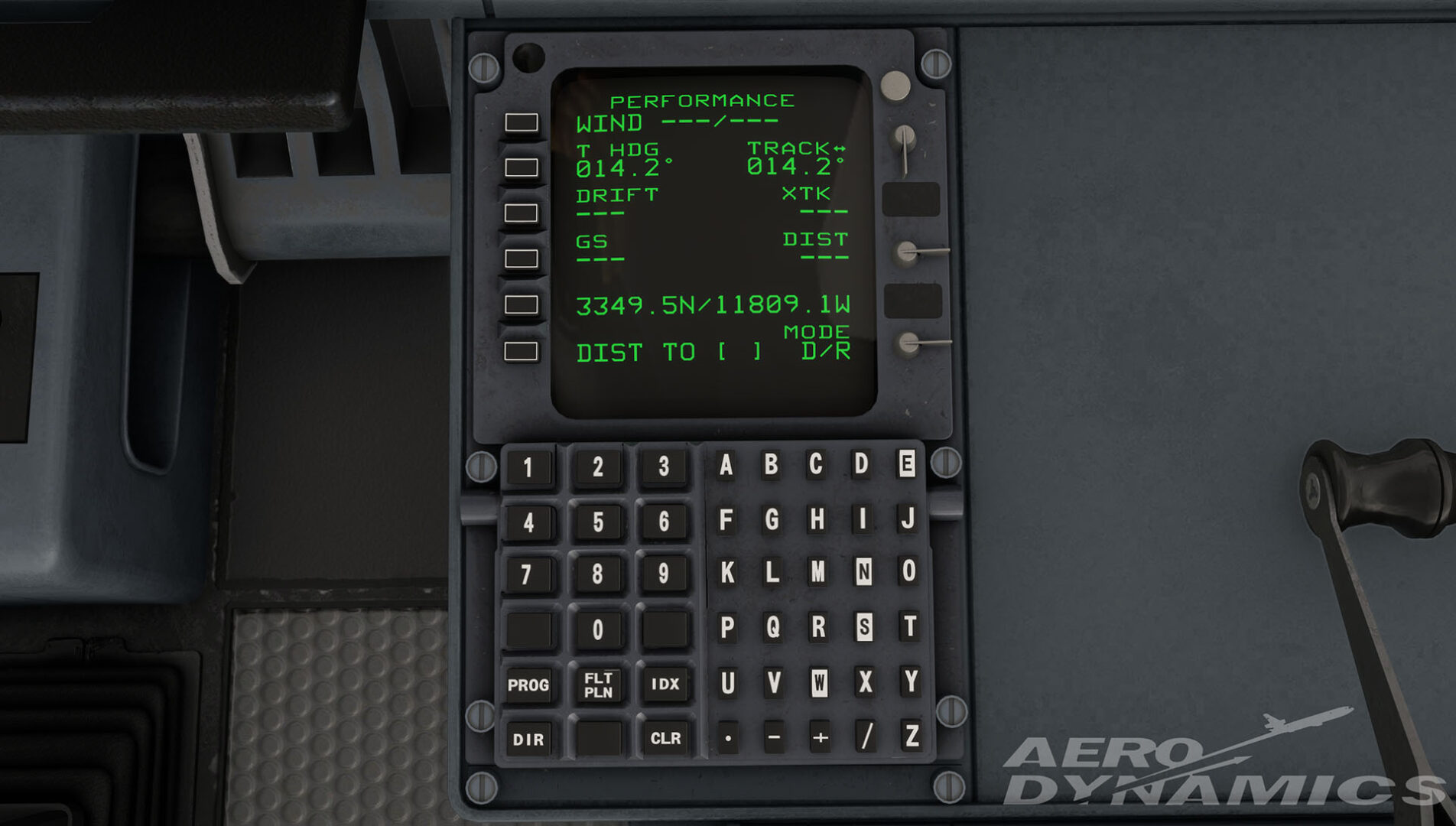
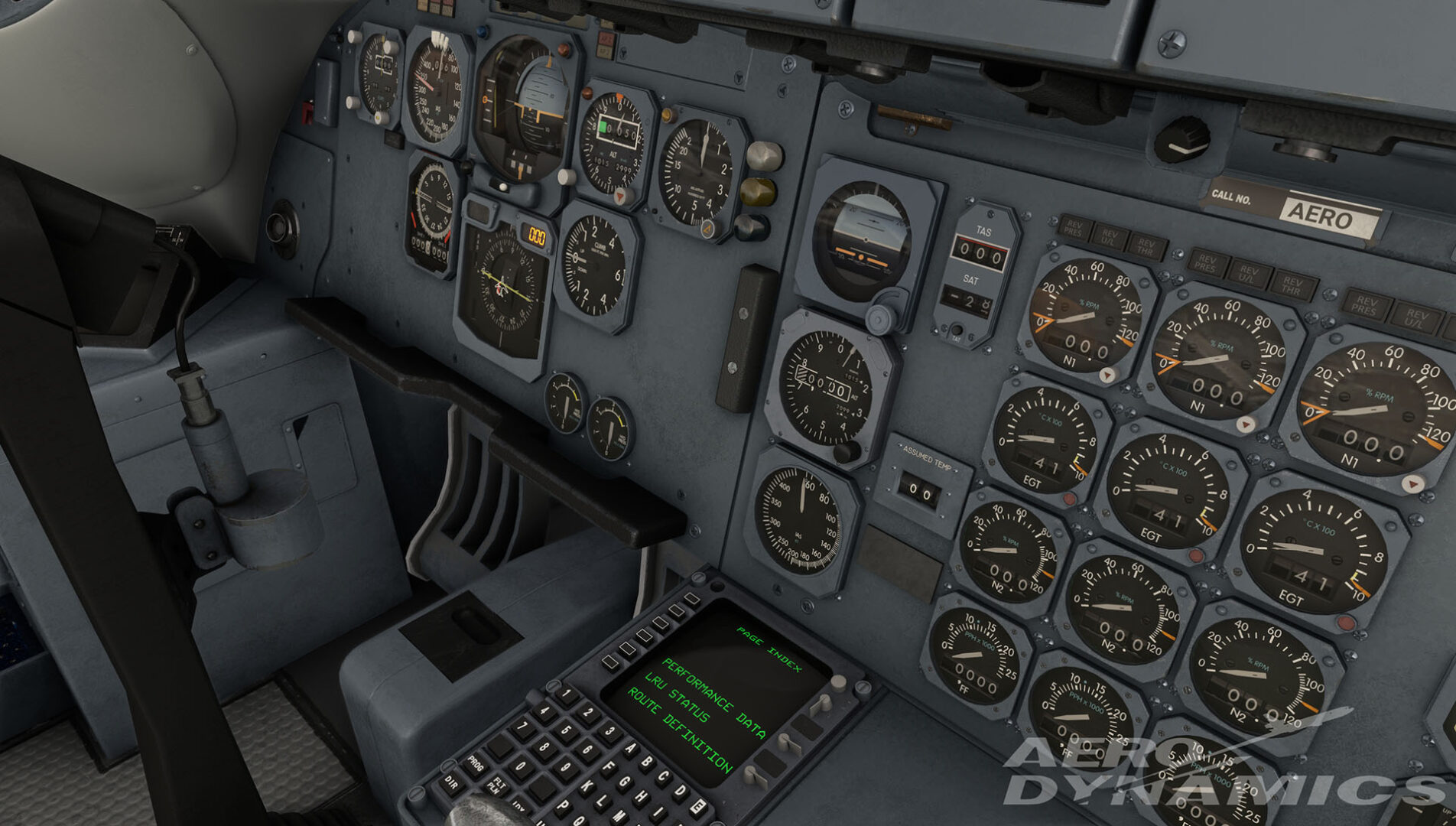
A few major systems of the aircraft are “nearing completion,” and below you can see them in action and hear about them directly from the developers.
“Oil System Overview:
Our oil system is part of the long backbone of this aircraft. Traditionally, oil in a flight sim aircraft is usually a discarded system, but we believe we’ve taken a leap towards absolute realism. In the 10, the oil system is very much alive. The oil operation will play in the hands of outside temperature, oil age, and even the amount of oil. Each engine over time, will use oil, contaminate oil, and dirty the oil of the engine. Ensuring you have enough engine oil for the flight is paramount to the safe operation of the aircraft. Oil in this aircraft can leak and burn, meaning, it’ll take a good pre-flight to ensure your aircraft is ready. If you fail to replace, or refill the oil in the engine, you can wear your engine down until engine damage, or in some cases, total engine failure. In our DC-10 simulation, the user will be able to drain, fill, and replace the engine oil to suit their needs. We’re looking forward to providing an in-depth demo in the near future.
Think this system is too complex? Engine oil burn/wear may be disabled by the user!”
Brake Temperature Overview:
Want an extended layover time? We’ve got hot brakes for you! In our DC-10 simulation, we have worked up a realistic brake energy system. You former 10 guys, get out your brake energy charts! If you have a high energy stop, you may run into overheated brakes. Be sure to accomplish the abnormal brake checklist after an aborted takeoff, or maximum effort stop. This brake simulation in the 10 takes in all the factors you would see in real life; outside temperature, brake initiation speed, gross weight and runway slope. After a high energy stop, hot brakes could be expected. How hot though? Well, this would be on you to run the chart (Or just look at the displayed brake energy on the EFB <- Unrealistic, but optional).
Brake temperature may take up to 20 minutes after landing to reach the peak value, therefore it is important to know how much brake energy you have before taxiing in to park. Initially when your brake, you will increase the brake energy. This is not immediately converted to brake temperature. You may see heat radiating from the brakes, or even glowing reddish-orange disks. If you fall into the “danger” zone of breaking, you may have a brake fire. This would typically be possible within up to 30 minutes of the brake application.
Fire Detection System Overview: Fire detection and suppression is extremely important during aircraft emergencies. In our DC-10 simulation, even a skilled pilot could run into an in-flight emergency (If they want). The fire detection system will aid the crew to keep a safe aircraft the event of such emergencies.
Engine/APU Fire Detection:
- Fire Detection Loops (A and B). The DC-10’s engine fire detection system uses two independent fire detection loops, referred to as Loop A and Loop B, to monitor the engines and APU (Auxiliary Power Unit) for potential fires. Each engine and the APU are equipped with sensors in both loops, creating redundancy. This ensures that if one loop becomes inoperative, the other can still detect a fire. If both loops detect a fire, the system triggers warnings, including fire warning lights, and an aural fire warning. The dual-loop system increases reliability, reducing false alarms and enhancing safety by allowing for continuous monitoring from both loops. The user is able to test each loop system independently, or together which would trigger an alert.
Cargo Smoke/Heat Detection:
- Smoke Detectors: Installed in the ceilings of the cargo compartments, these detectors activate when they sense a certain level of particulate matter in the air. The DC-10-30 model has smoke detectors in all compartments, with one deactivated in the aft section to accommodate an auxiliary fuel tank.
- Heat Detectors: The DC-10-30 includes heat detectors in the exhaust ducts of the cargo compartments. These bimetallic detectors react to rising temperatures, closing the contacts and triggering a fire warning.
- Warning System: When a fire is detected, lights on the flight engineer panel illuminate, indicating which detector has been activated. The system can provide continuous warnings even after a fire has been extinguished due to the presence of smoke and extinguishing agents lingering in the compartment.
Pressurization System Overview:
The cockpit, forward cabin/cargo compartment, avionics and center accessory compartments are pressurized. Pressurization is supplied by engine bleed air and is controlled by regulating the outflow of conditioned air from the pressurized section. Cabin altitude and rate change are monitored on the FE’s Center Panel. Cabin pressure is controlled and maintained by metered release of conditioned air in either an automatic, or manual mode. Electric power is required for all but the manual mode. The DC-10 has four different modes: Auto, Semi-Auto, Standby, and Manual. The cabin pressure controller maintains the desired cabin pressure in relation to the altitude set on the landing altitude tape when the automatic or semiautomatic mode is selected.
- In the automatic mode, cabin pressurization is automatically controlled during takeoff, climb, cruise and descent conditions, to the lowest cabin altitude compatible with aircraft and flight requirements. Destination altitude is set with the ALT SET knob and automatically schedules depressurization during descent to 300 feet below the selected destination altitude when in the auto or semi-auto mode.
- In semi-auto mode, cabin altitude is selected on the altitude set tape by positioning the altitude-set knob to the desired altitude. Desired cabin altitude rate of change can be selected manually by adjusting the rate limit selector.
- In Standby mode, cabin altitude adjusted by a rate selector. The Flight Engineer can set a “Cabin VSI” up or down to desired rate change. This provides a quick way to gain control of the cabin when auto or semi-auto modes are not performing as desired.
- In Manual mode, cabin altitude is adjusted by manual operation of the outflow value. This means, the flight engineer has to manual move the value to get the desired air outflow to gain or lose pressurization.
For beginners, we recommend the system be kept in the automatic mode!
The cabin pressure relief valves limit cabin differential pressure. Flapper doors at each of the three relief valve overboard exhausts fair with the aircraft skin and are located on the right fuselage immediately forward of the wing-to-fuselage fillet. The flapper doors open if the respective relief valve opens.
Navigation
AINS-70
We’ve started the development of the Collins AINS-70 Area Navigation System for the DC-10. This is a historical navigation system that bridged between older (but not that much older!) pure inertial systems and newer flight management systems. Underneath, the AINS is at its core an RNAV (Area Navigation) system, which automatically derives its position from navaids and air data. In areas with no navaids, it optionally falls back on inputs from an inertial system, or dead reckoning if not equipped with inertial platforms or if they are inoperative. The interface to program a route is the predecessor to modern-day FMS systems.
At the moment, the developers are interested in making the aircraft for Microsoft Flight Simulator 2024, and they’re evaluating the possibility in detail. They will make an announcement as soon as they take a decision.
Microsoft Flight Simulator is currently available for PC and Xbox Series X|S, albeit the DC-10 is planned only for PC.
Microsoft Flight Simulator 2024 will be released on November 18 for PC and Xbox Series X|S. If you’d like to learn more, you can enjoy our hands-on preview with plenty of interesting details for your perusal.
You can also watch our interview with Head of MSFS Jorg Neumann and Asobo CEO Sebastian Wloch, another with Asobo CCO David Dedeine, and one featuring Chris Burnett of Working Title and Brandon Yaeger of Got Friends about their work on MSFS 2024.
Last, but not least, you can take a look at our A-10 flight through the Grand Canyon, our first look at the extensive pilot customization, another at the first mission of the Career Mode, a video featuring the new walk-around move showing off a Boeing 737 MAX up close and personal, and a challenge with the A-10 over the Blue Ridge Mountains.

